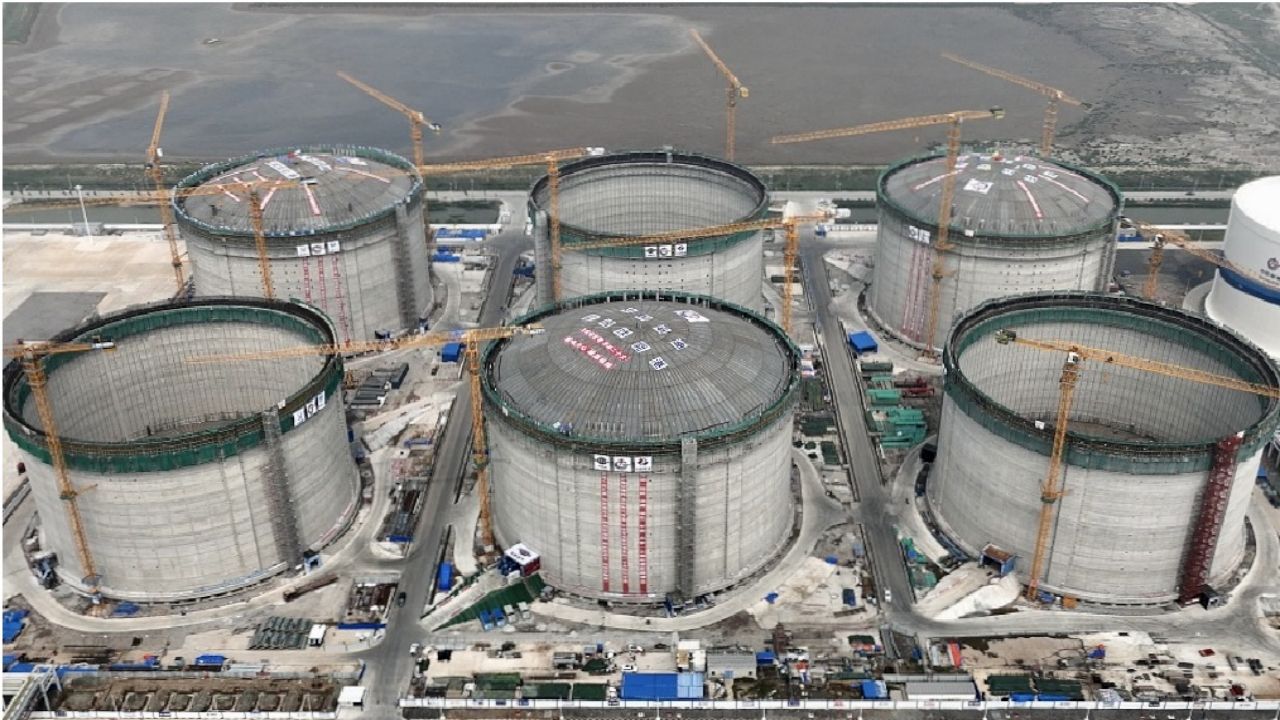LNG storage tank technology has witnessed revolutionary advances in recent years, transforming the way liquefied natural gas (LNG) is stored and managed. As the demand for LNG continues to rise as a cleaner and more efficient alternative to traditional fossil fuels, the need for safe, efficient, and reliable storage solutions becomes paramount. This article explores the cutting-edge innovations in lng storage tank technology, addressing the traditional challenges, and highlighting the breakthroughs that have been made in materials, construction techniques, safety features, efficiency, capacity, digital monitoring, environmental sustainability, and potential future applications. By delving into these advancements, we can gain a deeper understanding of how modern LNG storage tanks are revolutionizing the industry and contributing to a greener energy landscape.
Traditional challenges in LNG storage
Safety has always been a paramount concern in LNG storage. Traditional storage tanks were susceptible to leaks, which could lead to explosions or environmental hazards. Moreover, the cryogenic temperatures involved in LNG storage required careful handling and insulation techniques to prevent accidents. These challenges necessitated innovative solutions to enhance the safety of LNG storage tanks.
Capacity limitations and space requirements
Traditional LNG storage tanks had limited capacity and required substantial land space for installation. This posed challenges in densely populated areas or regions with limited available land. Additionally, the large footprint of these tanks made them less versatile and adaptable to different environments. Finding ways to increase storage capacity while, minimizing space requirements became a crucial objective in the advancement of LNG storage tank technology.
Innovations in materials and construction techniques
Revolutionary advancements in materials have paved the way for more efficient and robust LNG storage tanks. High-performance alloys, such as stainless steel and nickel-based alloys, offer exceptional resistance to corrosion and low-temperature embrittlement, ensuring the integrity and longevity of the tanks. Composite materials, including fiber-reinforced polymers, have also been introduced to improve strength-to-weight ratios and enhance durability.
In addition to advanced materials, innovative construction techniques have contributed to the evolution of LNG storage tanks. Modular construction methods allow for efficient fabrication and assembly, reducing costs and construction time. Furthermore, improved insulation systems and monitoring technologies ensure better control of temperature and pressure, minimizing the risk of leaks and enhancing overall reliability.
Advanced safety features and systems
To address safety concerns, modern LNG storage tanks incorporate advanced safety features. Double containment systems provide an additional layer of protection to contain leaks and prevent the release of LNG. Automatic shutdown systems and pressure relief devices are installed to safeguard against excessive pressure and temperature fluctuations. These safety measures ensure a high level of operational safety and help mitigate risks associated with LNG storage.
Fire protection systems are also crucial in LNG storage tank technology. Advanced fire suppression systems, such as foam-based solutions, are employed to rapidly control and extinguish fires. Furthermore, robust emergency response mechanisms, including remote monitoring and emergency shut-off systems enable quick intervention in the event of a critical situation. These comprehensive safety features provide peace of mind for operators and nearby communities.
The Last Comment
In conclusion, the revolutionary advances in LNG storage tank technology have paved the way for safer, more efficient, and environmentally conscious storage solutions. With innovations in materials, construction techniques, safety features, and digital monitoring, LNG storage tanks have become more reliable and capable of meeting the growing demand for clean energy. As we look towards the future, the potential applications of LNG storage technology continue to expand, offering exciting possibilities for energy storage, transportation, and integration with renewable energy sources. These advancements mark a significant step forward in the quest for a sustainable and efficient energy future.


